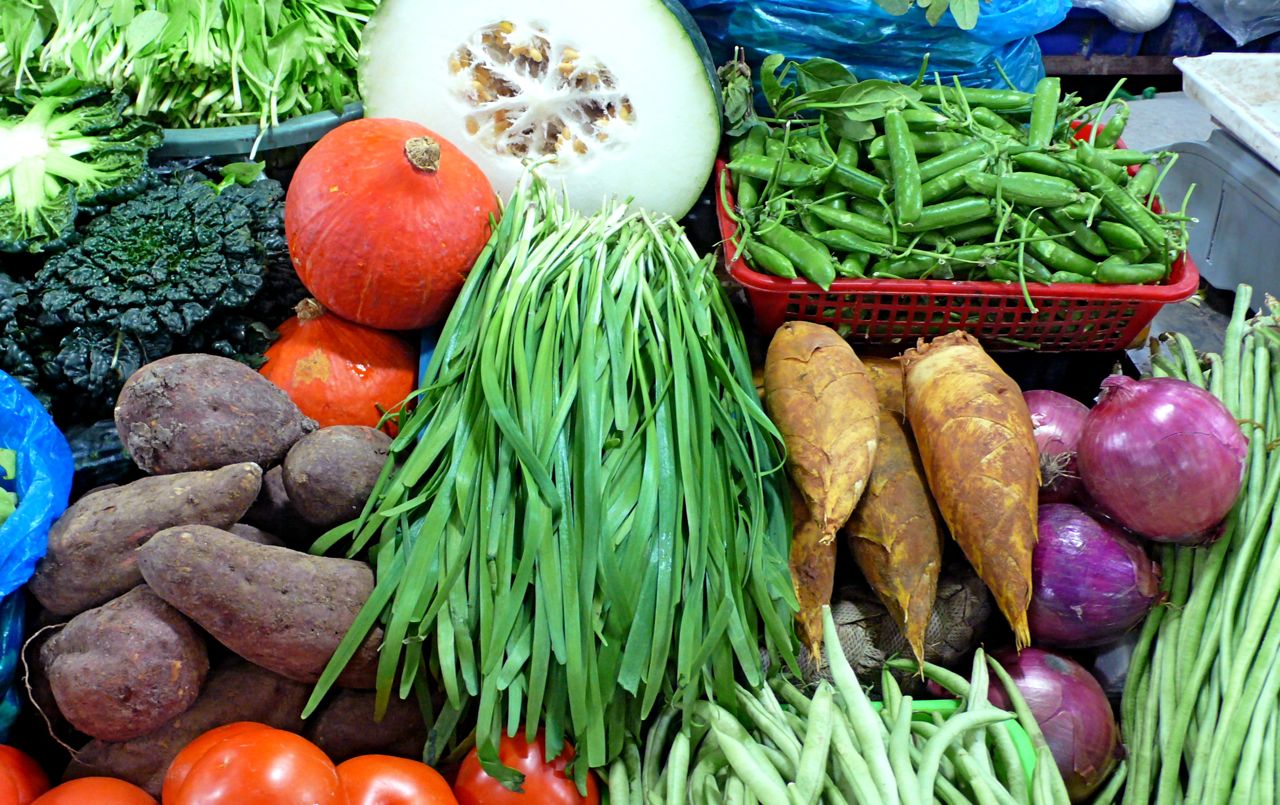By Margaret Keefe, RD
Last month, I was invited to the fifth anniversary celebration of Fields – a well-known Shanghai grocery delivery service. What a difference only five years makes. Can you imagine what it was like 18 years ago? For a veteran Shanghai expat like me it is truly remarkable how far the grocery experience has evolved here in Shanghai.
When I arrived here in 1996, food delivery meant you sent the ayi to the wet market and she brought the vegetables back to your house. Besides the traditional street markets, there were three small Western-type grocery stores frequented by the expat population and one Carrefour located in a place so seemingly far away that I never returned to it.
The original City Shop, located on Hongmei Lu, was the size of a convenience store. What I remember most was the furtive phone calls (in 1996 there were no cell phones) from neighbors when a shipment of Cheerios made it to the shelves. “Better hurry over, I just came back with four boxes, and yes, there is cream cheese too.”
We joke that back then we brought back suitcases of food because you couldn’t find many Western products here. Now, we bring back suitcases of food because we can’t afford the Western products here! Was I worried then about feeding my two small boys? Not really. After all, 1.3 billion Chinese were feeding themselves and their families every day. There was food here. It may have taken half a day to find it and you may not have recognized the brand, but the basics were available.
The local wet markets were just as filled with colorful fruits and vegetables as today. Everyone assumed the produce was grown organically, and not in a good way. The rumor was that the farmers used human fertilizer on the fields. I am not sure that was true, but we didn’t eat salad for six months. It was peeled and cooked veggies and fruit for us!
The biggest surprise to me was the milk. I had never seen milk in a box before. If I had a concern, it was how I was going to get enough calcium into my children. My boys wouldn’t drink the box milk and, as a nutritionist, I was concerned about the safety of the Chinese fresh milk. They survived and grew well on grilled cheese and other non-milk calcium sources. Both adults now, one is 6’2” and his brother is 5’10”, both at their expected heights.
Feeding a family here was and is more of a process than in the US. Certainly back in the 1990s, there were fewer convenience foods and no whole wheat anything. That turned out to be a silver lining for those of us who weren’t natural chefs; we had to be very creative to recreate the meals our families enjoyed back home. The meals were probably more wholesome in that we had to skip the box and go right to scratch.
Today that premise remains with me, but not because I can’t find the box processed foods. Cooking from scratch is by all accounts healthier for us and it gives me a sense of control over what my family eats, now that the choices for meals in Shanghai are endless.
In many ways, feeding ourselves here in Shanghai has become more complex. For better or worse, there is much more information today about the food supply. The best advice I can offer for healthy eating anywhere in the world is to stick to the basics. You can’t go wrong with a diet of real, whole foods, lots of fruits and veggies and homemade meals and treats.
// Margaret Keefe is a registered dietician and founder of the Shanghai Nutrition Practice Group. (www.eatwellshanghai.com, 138 1667 4736). Eat Well Shanghai grew out of one expat’s confusion on how to feed her family healthy, wholesome meals in Shanghai. If you are feeling overwhelmed and not sure what to eat or where to shop, the Eat Well Shanghai Guidebook will help smooth your transition to eating well in Shanghai.


















